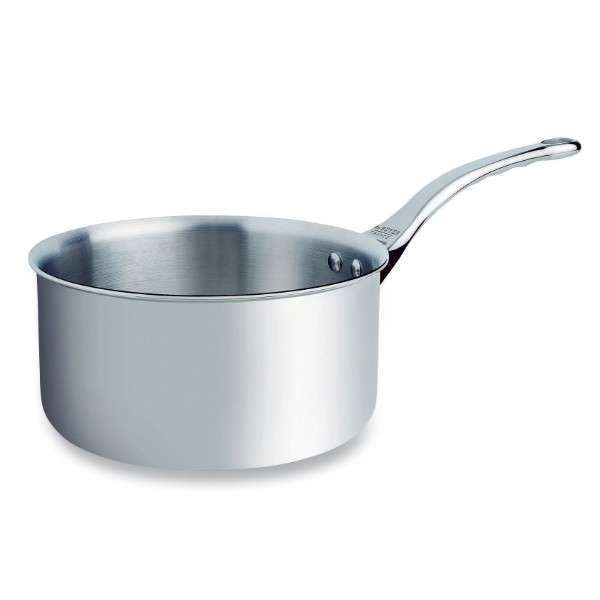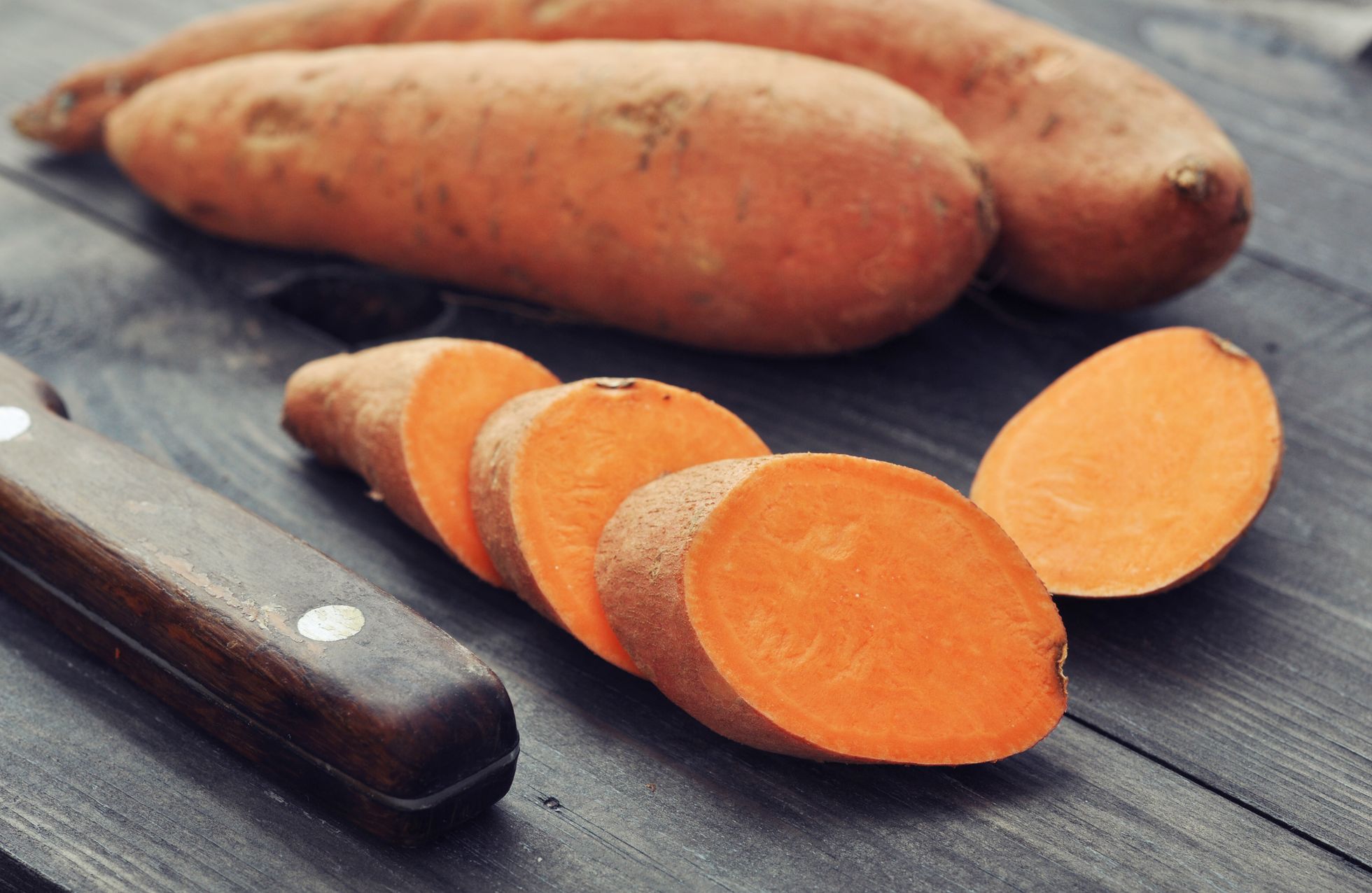How To Master Boiling Potatoes: A Simple And Tasty Guide
Boiling potatoes might seem like a no-brainer, but there's a lot more to it than meets the eye. Cuisson patate à l'eau, or boiling potatoes in water, is one of the most fundamental cooking techniques out there. Whether you're making mashed potatoes, potato salad, or just a simple side dish, getting this right can make all the difference. Let's dive into the world of boiled potatoes and uncover the secrets to making them perfect every single time.
You might be wondering, "Do I really need a guide for boiling potatoes?" The answer is yes—absolutely! While it's a straightforward process, there are tricks, tips, and techniques that can elevate your potato game. From choosing the right type of potato to mastering the cooking time, there's plenty to learn. So, let's get started and turn those humble spuds into culinary gold.
This article isn't just about boiling potatoes—it's about giving you the confidence to experiment with flavors, textures, and methods. By the end of it, you'll know exactly how to cook perfect potatoes every time, whether you're feeding a crowd or just whipping up dinner for one. Let's dig in!
Why Boiling Potatoes Matters
Boiling potatoes isn't just about cooking them until they're soft. It's about bringing out their natural flavors, maintaining their texture, and ensuring they're the perfect base for whatever dish you're creating. Cuisson patate à l'eau is a technique that's been used for centuries, and for good reason—it's simple, effective, and versatile.
When you boil potatoes, you're essentially unlocking their potential. Whether you're making creamy mashed potatoes, a tangy potato salad, or a comforting bowl of potato soup, boiling is often the first step. But it's not just about the end result—it's about the journey. Understanding how to boil potatoes properly can save you time, effort, and frustration in the kitchen.
Choosing the Right Potato
Not all potatoes are created equal. When it comes to boiling, you'll want to choose potatoes that have a high starch content for a fluffy texture or a lower starch content for a firmer, creamier result. Here's a quick breakdown:
- Russet Potatoes: Perfect for mashing or baking, these have a high starch content.
- Yukon Gold Potatoes: These are versatile and great for boiling, roasting, or mashing.
- Red Potatoes: Ideal for salads or dishes where you want the potatoes to hold their shape.
Choosing the right potato can make a huge difference in the final taste and texture of your dish. Don't be afraid to experiment with different varieties to find your favorite!
Understanding Cuisson Patate à L'Eau
Cuisson patate à l'eau is more than just throwing potatoes into boiling water. It's about understanding the science behind the process and how it affects the final product. When you boil potatoes, you're essentially breaking down the starches and allowing the water to penetrate the cells, softening them and making them tender.
The key to perfect boiled potatoes lies in the details. How long you cook them, the temperature of the water, and even the size of the potatoes can all impact the result. Let's break it down step by step so you can master this essential technique.
Step-by-Step Guide to Boiling Potatoes
Here's a simple guide to help you boil potatoes like a pro:
- Prepare the Potatoes: Wash them thoroughly and peel if desired. Cut them into even-sized pieces for uniform cooking.
- Fill a Pot with Water: Use enough water to cover the potatoes completely. Add a pinch of salt for extra flavor.
- Bring to a Boil: Place the pot on the stove and bring the water to a rolling boil.
- Reduce Heat: Once boiling, reduce the heat to a gentle simmer to prevent the potatoes from breaking apart.
- Cook Until Tender: Depending on the size, this can take anywhere from 15 to 25 minutes. Test them with a fork to ensure they're soft but not mushy.
- Drain and Serve: Once cooked, drain the water and serve immediately or use them in your favorite recipe.
By following these steps, you'll have perfectly boiled potatoes every time. It's all about paying attention to the details and being patient!
Tips for Perfectly Boiled Potatoes
Now that you know the basics, let's talk about some tips and tricks to take your boiled potatoes to the next level:
- Use Cold Water: Starting with cold water ensures the potatoes cook evenly from the outside in.
- Don't Overcrowd: Make sure there's enough room for the potatoes to move around in the pot. If they're too crowded, they might cook unevenly.
- Add Herbs and Spices: For extra flavor, add a sprig of rosemary, a bay leaf, or a pinch of garlic powder to the water while boiling.
- Avoid Overcooking: Overcooked potatoes can become mushy and lose their texture. Keep an eye on them and test frequently.
These tips might seem small, but they can make a big difference in the final result. Experiment with different techniques to find what works best for you!
Common Mistakes to Avoid
Even the best cooks make mistakes sometimes. Here are a few common pitfalls to watch out for when boiling potatoes:
- Using Stale Potatoes: Fresh potatoes cook better and have a better flavor. Avoid using potatoes that have been sitting around for too long.
- Not Salting the Water: A pinch of salt can enhance the flavor of the potatoes. Don't skip this step!
- Boiling on High Heat: High heat can cause the potatoes to break apart. Stick to a gentle simmer for the best results.
By avoiding these mistakes, you'll be well on your way to mastering the art of boiling potatoes. It's all about practice and patience!
The Science Behind Boiling Potatoes
Boiling potatoes isn't just about following a recipe—it's about understanding the science behind the process. When you boil potatoes, you're essentially breaking down the starches and allowing the water to penetrate the cells. This process is what makes the potatoes soft and tender.
The temperature of the water plays a crucial role in this process. If the water is too hot, the potatoes can break apart. If it's not hot enough, they might not cook evenly. Finding the right balance is key to achieving the perfect texture.
How Starch Affects Texture
Starch is the main component of potatoes, and it's what gives them their texture. When you boil potatoes, the starches absorb water and swell, which is what makes the potatoes soft. The type of potato you use will determine how much starch is present and, therefore, the final texture of the dish.
For example, Russet potatoes have a high starch content, which makes them ideal for mashing. On the other hand, red potatoes have a lower starch content, making them perfect for salads or dishes where you want the potatoes to hold their shape.
Delicious Ways to Use Boiled Potatoes
Once you've boiled your potatoes, the possibilities are endless. Here are a few delicious ways to use them:
- Mashed Potatoes: Creamy, comforting, and perfect for any occasion.
- Potato Salad: A classic side dish that's perfect for picnics and barbecues.
- Potato Soup: Warm and hearty, this is the perfect dish for a cold day.
- Roasted Potatoes: Take your boiled potatoes to the next level by roasting them in the oven for a crispy exterior and a soft interior.
Don't be afraid to get creative with your boiled potatoes. They're a versatile ingredient that can be used in a wide variety of dishes!
Adding Flavor to Your Boiled Potatoes
Boiled potatoes might seem plain on their own, but with a little creativity, you can transform them into something truly special. Here are a few ideas to add flavor:
- Herbs and Spices: Add fresh herbs like rosemary, thyme, or parsley for extra flavor.
- Butter and Garlic: Toss your boiled potatoes in melted butter and minced garlic for a rich, savory treat.
- Cheese Sauce: Pour a creamy cheese sauce over your boiled potatoes for a comforting dish.
With these ideas, you'll never run out of ways to enjoy your boiled potatoes. Get creative and have fun with it!
Conclusion: Take Your Potato Game to the Next Level
Boiling potatoes might seem simple, but with the right techniques and a little know-how, you can turn them into something truly special. Cuisson patate à l'eau is a technique that's been used for centuries, and for good reason—it's versatile, delicious, and easy to master. By following the tips and tricks in this guide, you'll be able to cook perfect potatoes every time.
So, what are you waiting for? Get in the kitchen and start experimenting with different flavors, textures, and methods. And don't forget to share your creations with friends and family. After all, cooking is all about sharing and enjoying the process.
Thanks for reading, and happy cooking! Don't forget to leave a comment or share this article if you found it helpful. Until next time, keep those spuds sizzling!
Table of Contents
- Why Boiling Potatoes Matters
- Choosing the Right Potato
- Understanding Cuisson Patate à L'Eau
- Step-by-Step Guide to Boiling Potatoes
- Tips for Perfectly Boiled Potatoes
- Common Mistakes to Avoid
- The Science Behind Boiling Potatoes
- How Starch Affects Texture
- Delicious Ways to Use Boiled Potatoes
- Adding Flavor to Your Boiled Potatoes



Detail Author:
- Name : Mr. Alfonzo Bogisich
- Username : chammes
- Email : nmcclure@weimann.biz
- Birthdate : 1986-09-11
- Address : 46519 Roberts Ports New Ursula, UT 63465-6774
- Phone : 1-731-260-0429
- Company : Kozey, Murazik and Schamberger
- Job : Bookkeeper
- Bio : Quaerat ab dicta ut quibusdam qui possimus aliquam ex. Ea nihil sapiente pariatur. Aut fugiat hic ea velit libero. Consectetur sint sunt ipsum illo dolorem.
Socials
twitter:
- url : https://twitter.com/jast1981
- username : jast1981
- bio : Et rerum aut dolore alias consequatur earum delectus fugiat. Nobis quis illum autem libero. Blanditiis ipsum sit corrupti.
- followers : 1739
- following : 2845
instagram:
- url : https://instagram.com/lorna_official
- username : lorna_official
- bio : Sit nulla dolores sit quo quo. Laboriosam quia quis voluptatum earum accusamus placeat.
- followers : 5346
- following : 859
facebook:
- url : https://facebook.com/jast2008
- username : jast2008
- bio : Eligendi quia voluptas laborum quas consequatur id et.
- followers : 2615
- following : 805
linkedin:
- url : https://linkedin.com/in/lorna_dev
- username : lorna_dev
- bio : Voluptatem dolor quo eos omnis.
- followers : 2541
- following : 670